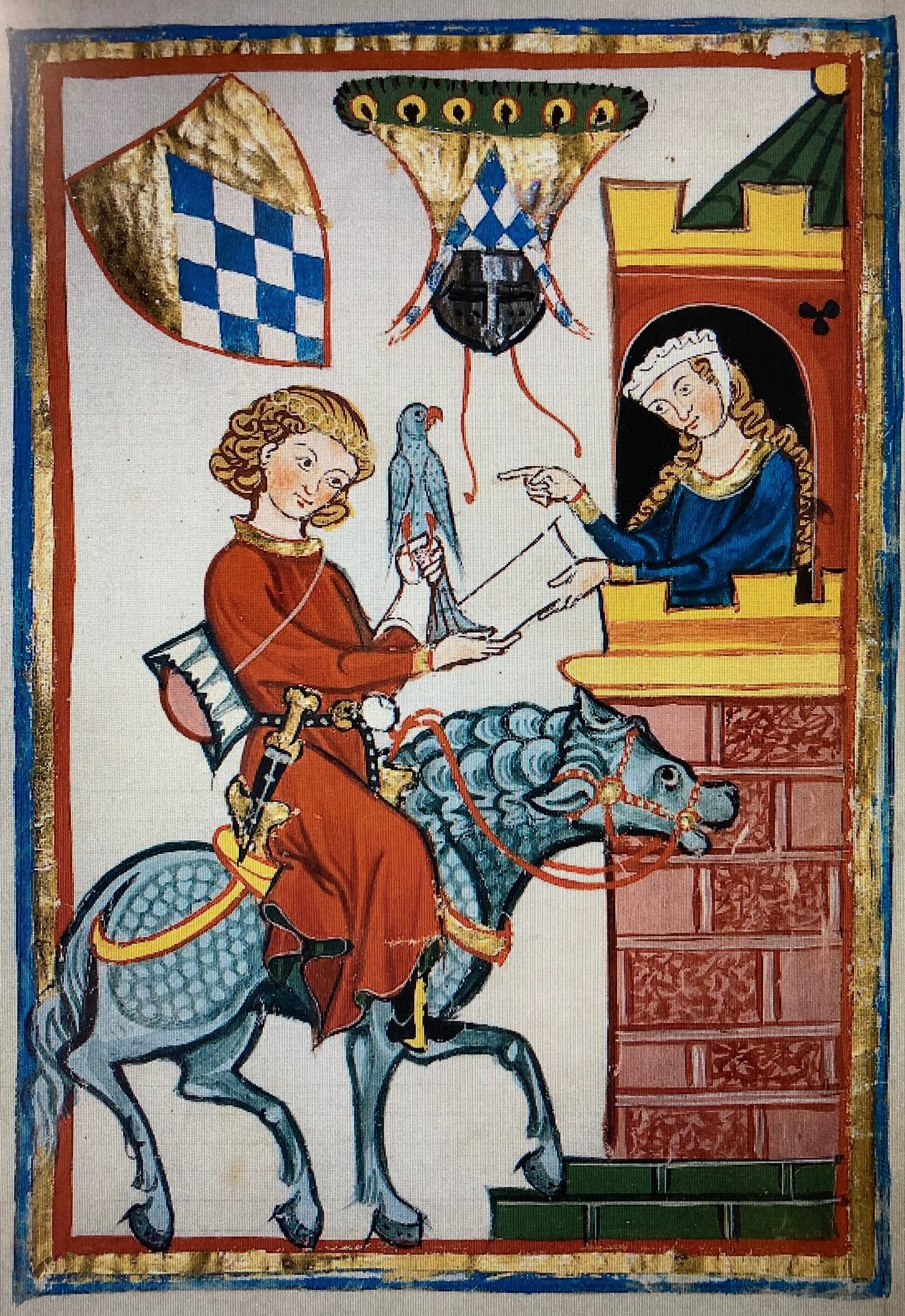In 1964, George Balanchine extended Mendelssohn’s suite A Midsummer Night’s Dream with additional Mendelssohn compositions to create his evening-length ballet based on Shakespeare’s play. The first act is a plot-driven dance narration of the major themes of the play. The second act’s nuptial scene becomes the setting for a love-themed divertissement in the language of pure dance. It culminates in a quiet pas de deux, set to the second movement of Mendelssohn’s String Symphony No. 9 in C major. It is one of Balanchine’s most beautiful. This couple has no connection to the plot or the characters of the first act. They are an external foil to the first act’s tumultuous love triangles, in all their absurdity and imperfect humanity.
This love poem begins with couple joining their right hands in a courtly reverence — an echoing of ballet’s origins in court dances in the Baroque period. (The series of cabriole lifts (0:53-1:10) resemble the side-by-side lifts in court dances of the Renaissance). Beyond the Baroque references, this pas de deux, and with many others in Balanchine’s canon, harkens to a the ideals of courtly love as sung by the Troubadour poets of 12th century France. In kinship with the ideals of chivalry, the “Divert” pas de deux describes Balanchine’s ideals of woman. He presents her as an unattainable ideal, and an idealized love not in terms of a crude physical satisfaction, but as a sublime and sensual intimacy. As such, her cavalier presents her in all her beauty and perfection from all sides, in a sustained promenade in arabesque. The pointe shoe enables a suspended sculptural presentation of her form. She can trust in confidence in his support. Her partner’s only dance step is a sissone failli to the knee, which Jacques D’Amboise rightly depicts, not as an athletic bound, but a falling to his knees before the idea of her, whispering in his ear, and she hovers at his shoulder in a penché arabesque.
Allegra Kent is arguably the quintessential Balanchine ballerina. This recording from 1963 allows us to see the Balanchine style uncorrupted. He was noted for telling his dancers to “just to do the steps.” In other words, the poetic and emotional content was built into the design the steps, and the dancer’s mode of expression derived from a musical response through movement. Emotional or theatrical embellishments from the dancer he strongly discouraged. In a more recent recording, Tiler Peck, for all her astonishing technical skill and musicality, cheapens her performances with personal “embellishments” that detract from the beauty of the choreography purely presented. An example here is her pushing deeply and asymmetrically into her hip in a jazzy manner (compare to Kent’s more pure and square tombé en arrière). Her facial expression expressing her deep connection to the music can become insipid, as does an exaggerated rolling in the neck (0:42) which perverts the style. Nevertheless, the beauty of this pas de deux never fails to evoke a gasp from the audience as she gently falls in arabesque into her partner’s arms as he lowers her into a final pose against gravity and all earthliness.
